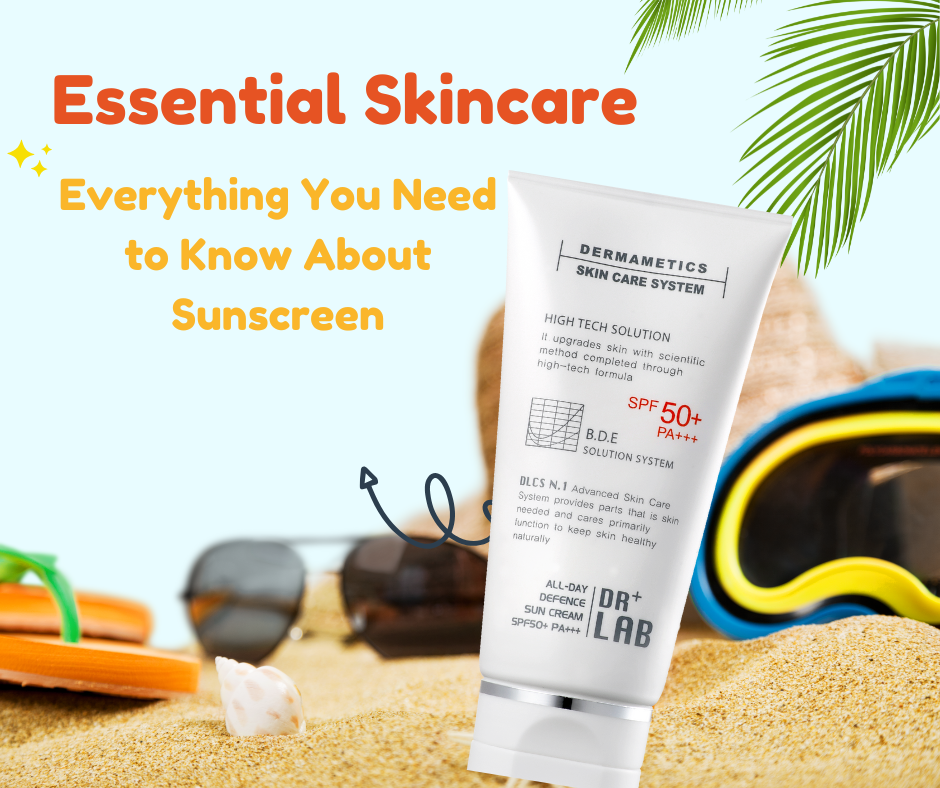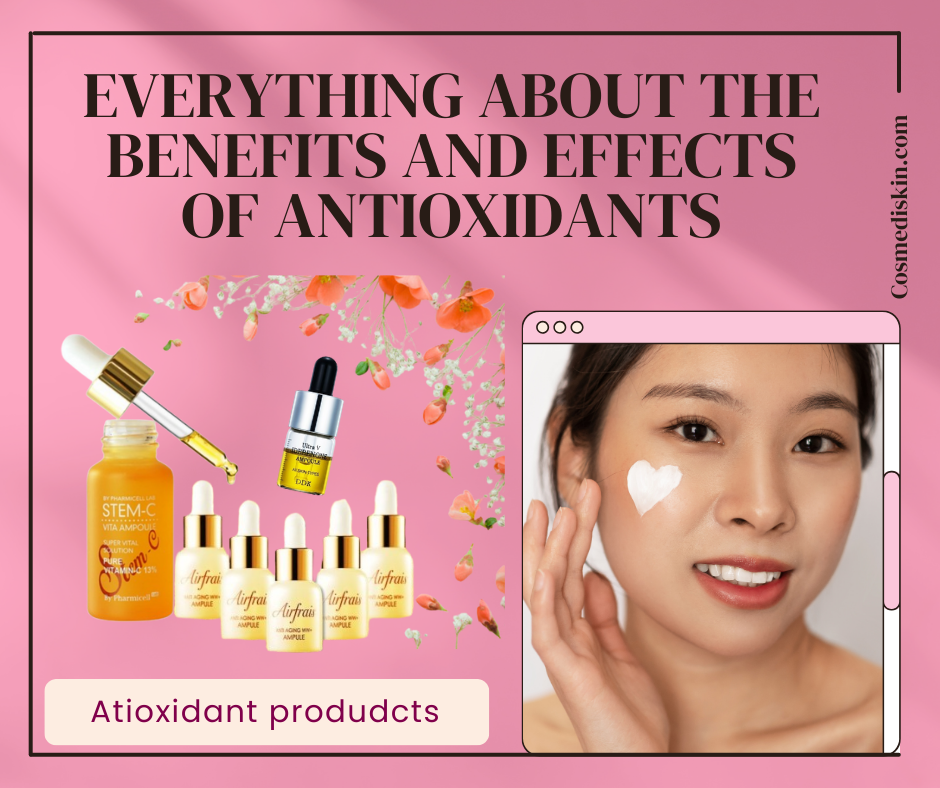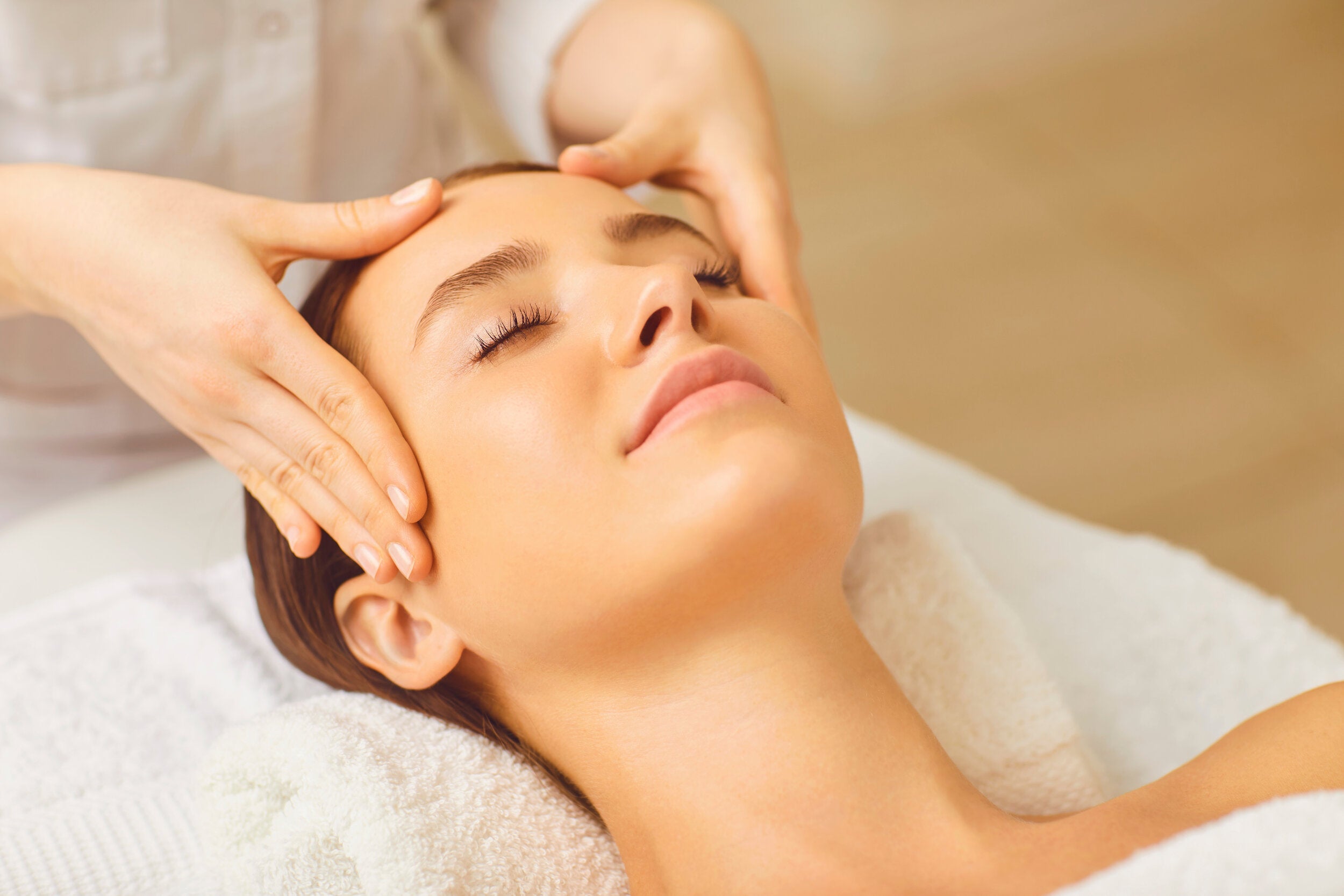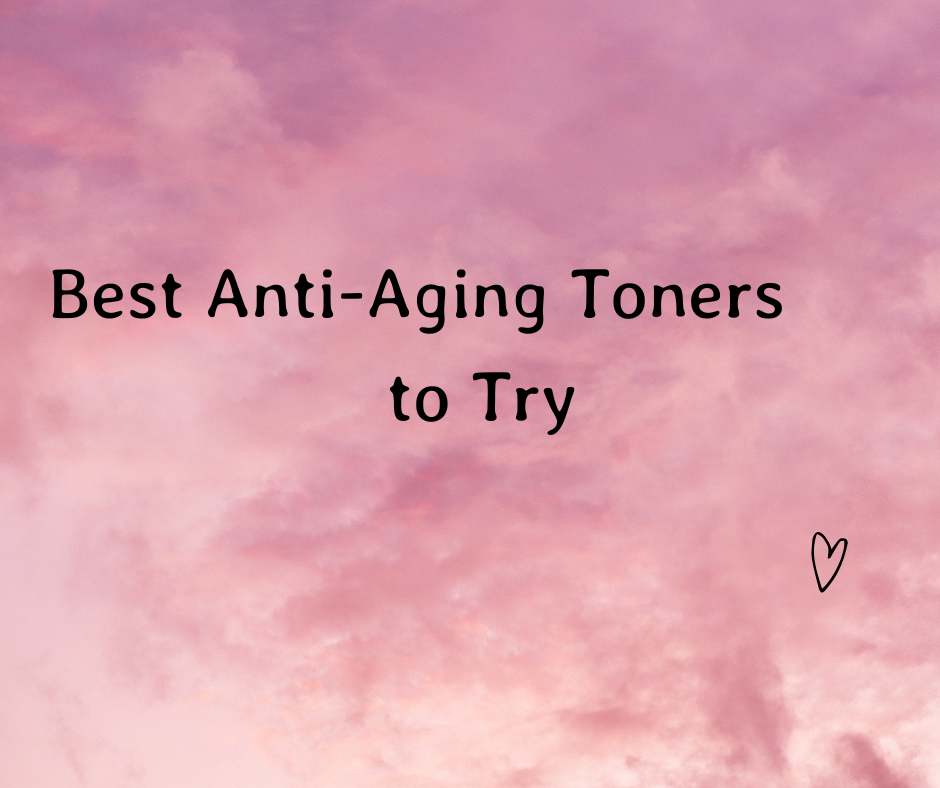Gentle Exfoliation for Smooth Skin: Understanding AHA
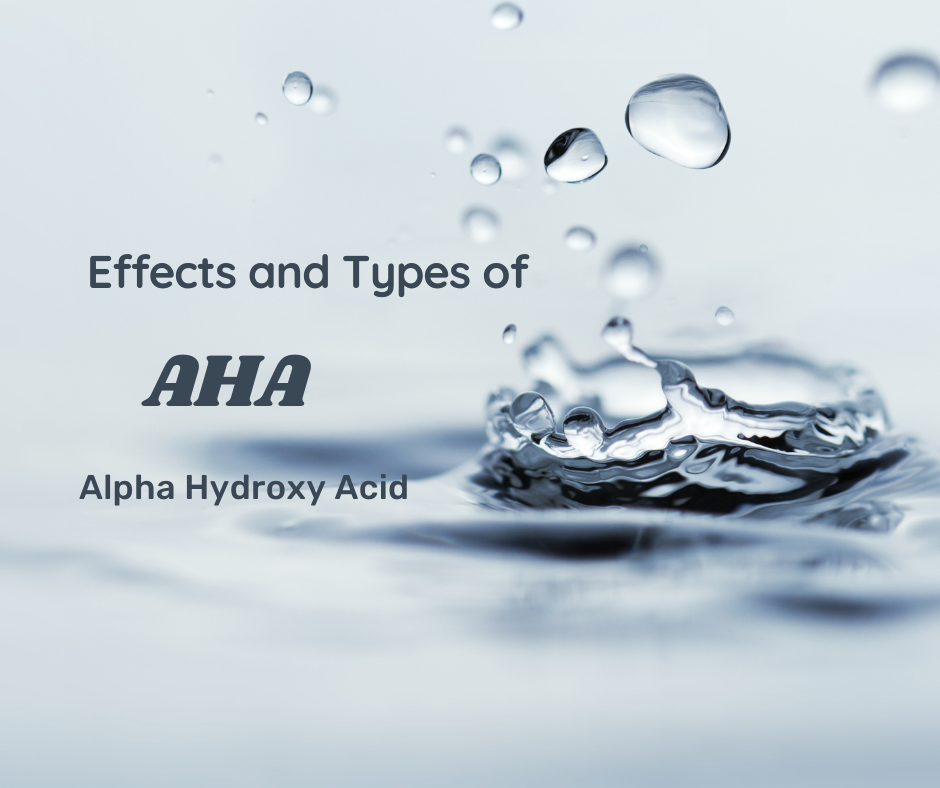
If you've been looking for ways to achieve smooth skin and an even skin tone, you've probably come across the term Alpha Hydroxy Acid (AHA).
AHA is a chemical term that includes both natural and synthetic ingredients, and it helps remove dead skin cells from the surface of your skin. AHAs are especially recommended for dry and sun-damaged skin because they are water-soluble and not only exfoliate but also strengthen the skin’s natural moisture barrier. This makes them effective in improving signs of sun damage, such as rough texture and fine lines.
By incorporating AHA into your skincare routine, you can remove built-up dead skin cells that make your skin look dull, revealing a smoother, more radiant complexion. Now, let’s explore different types of AHAs and their benefits.
Glycolic Acid
Glycolic acid is considered the gold standard of AHAs because it has been extensively researched and proven to deliver excellent results for all skin types and ages, along with lactic acid.
What makes glycolic acid special is its small molecular size, which allows it to penetrate the skin deeply and break down the buildup of dead skin cells, revealing fresh, healthy skin underneath. It also helps retain moisture, making your skin stay hydrated for longer. Additionally, glycolic acid can be used alone or combined with other AHAs (at concentrations of 5% or more) to improve skin health and reduce signs of sun damage.
Most glycolic acid is derived from sugarcane, but the form used in skincare is typically synthetic for better stability. Paula’s Choice offers AHA exfoliants with different concentrations of glycolic acid to suit various skin needs.
Lactic Acid
Lactic acid works similarly to glycolic acid but at a slower rate due to its larger molecular size, meaning it absorbs into the skin more gradually.
When used at a concentration of 2% or higher, lactic acid provides hydration to the skin. At 5% or more, it works effectively as an exfoliant, either alone or in combination with other AHAs. The ideal concentration for exfoliation in skincare products ranges from 5% to 10%. Lactic acid can be derived from milk, but synthetic versions are commonly used in skincare for better stability and consistent results.
Malic Acid
Malic acid is naturally found in apples but is also produced synthetically for skincare use. It has a larger molecular size than glycolic and lactic acid, yet it still offers exfoliation benefits and has antioxidant properties.
This AHA is often included in rinse-off exfoliating products. When combined with glycolic or lactic acid at concentrations of 1-2%, malic acid enhances exfoliation and improves skin texture.
Tartaric Acid
Tartaric acid is almost twice the size of glycolic acid and larger than mandelic acid. It is naturally found in grapes and even red wine, but the version used in skincare is typically synthetic.
While it can exfoliate the skin, its most important role is to help maintain the skin’s pH balance, ensuring that other exfoliating acids work effectively without causing irritation.
Citric Acid
Citric acid is derived from citrus fruits and can also be synthetically produced. In high concentrations (above 10%), it acts as an exfoliant, but its low pH level can sometimes cause skin sensitivity.
Due to this, most skincare products contain citric acid in low amounts, where it functions mainly as an antioxidant and a pH adjuster to keep formulas stable and effective. Some brands market citrus extracts as natural AHA ingredients, but research has not confirmed their exfoliating

